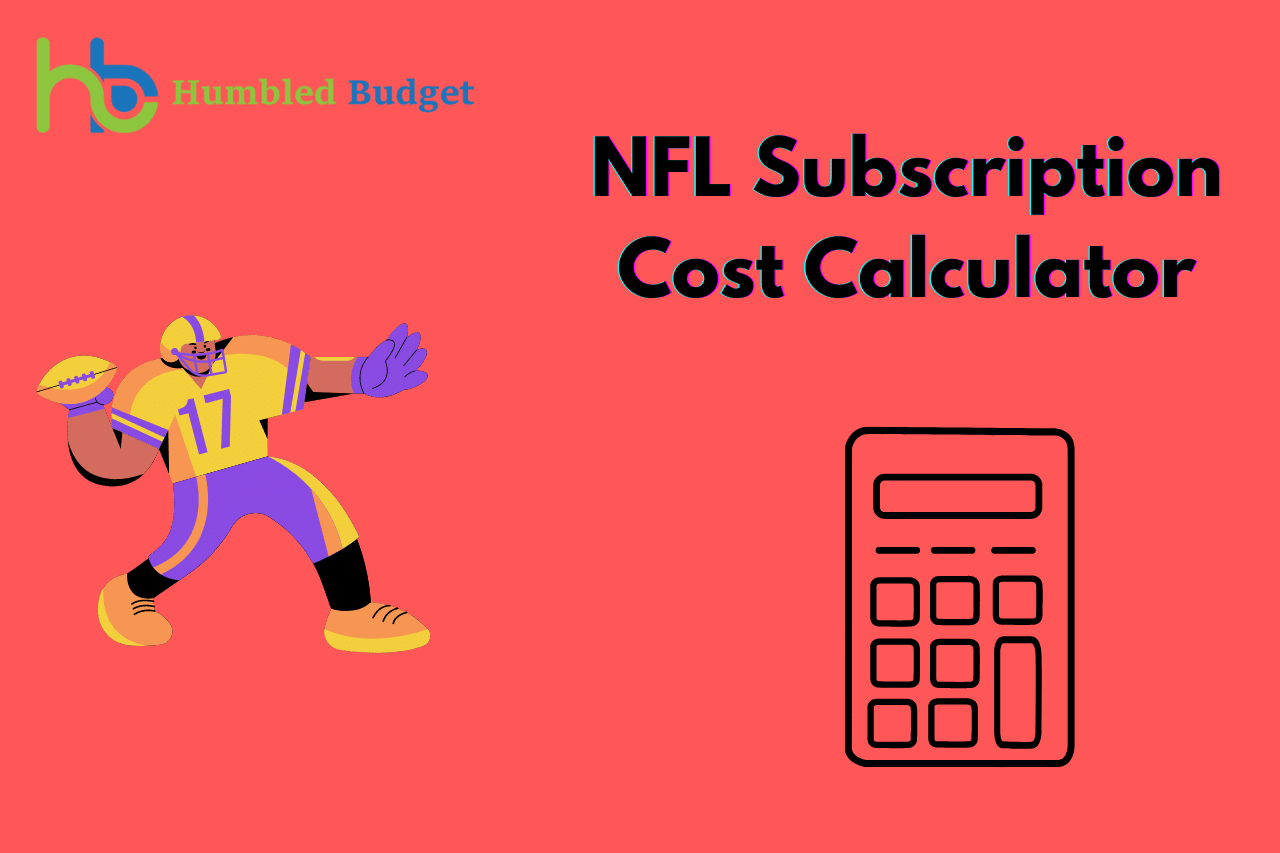Table of Contents
ToggleIntroduction
You’re starting your own business and excited to make it work; one of the first things to do is get some money.
A small business loan can help you do that. It’s an essential piece of financing that many new businesses need to operate successfully.
Navigating the process can be difficult, for instance getting loan approval if you don’t know what you’re doing. This article will discuss how getting a small business loan works, what documents are required, how much financing may cost me, and more.
Prepare your business plan and financial projections
To make an application for a small business loan, you’ll need to present your lender with a robust program that shows how you’ll use the money. This is where your business plan and financial projections come in.
A business plan is a document businesses use to outline their goals, strategies for achieving them, and how they’ll measure success along the way.
It should include details about what kind of loans or investments are needed from lenders (including how much), why they’re needed, and where they will be used once obtained (i.e., what will be purchased or built).
Who will manage these assets once created/purchased/built (i.e., what person(s) will run day-to-day operations), etc.?
Financial projections are basically “what if” analyses of future sales/revenue and expenses, a forecast of how much money an organization expects to make each year if everything goes according to plan based on current conditions (i.e., what if we sell ten widgets per week at $10 each?).
These forecasts are based on past data collected through market research surveys or interviews with actual customers, without information like this before creating financial projections.
It’s hard for lenders or investors who aren’t familiar with your industry well enough yet to know whether there’s enough demand out there right now even though things seem promising in general terms, or worse yet; not enough potential need exists despite great marketing strategies developed thus far because no one knows about these strategies yet.
Determine how much financing you need
Before you submit an application for a small business loan, you need to determine how much financing you need.
The first way is to determine how much money your business will need in the next two years to grow and remain competitive against other companies.
This information will help lenders understand why they should lend you money. You can estimate what this might be by considering:
- Cost of doing business: How much will it cost for rent, utilities, insurance, and equipment?
- Capital needed to start up/grow: What’s required to start? What’s needed when your company reaches the break-even point? What else would help keep things going smoothly once everything gets off the ground?
- Capital needed to stay competitive: How much money do I have at my disposal now? How do I plan on getting more worth in the future if my cash flow isn’t enough (because it never is)?

Find the right small business loan
There are many different types of small business loans. The first thing to do is figure out what kind of loan you need. Here are some common types:
- Merchant cash advance. A merchant cash advance (MCA) is a short-term loan that pays your current expenses to run an ongoing business without missing sales or late fees from credit card companies. MCAs also help bridge the gap between slow months when revenue isn’t coming in and busy seasons when it is.
- Term loans for startups and existing businesses. Term loans generally have fixed interest rates over a set period, with repayment terms ranging from one to 10 years or more depending on the lender and its policy regarding amortization schedules. Term loans also offer more flexibility than SBA programs might because they’re available at different amounts based on your situation rather than being explicitly tied to industry benchmarks like many SBA programs are (though note that there may be minimum requirements).
Prepare to submit an application for a small business loan
It would help if you had a good idea of how you plan to use the money from the loan and how you plan to repay it.
Keep in mind that lenders will want to see that your business is stable, so you must give them some relevant financial information about your company.
They will ask for six months of financial statements, so ensure that all those numbers are up-to-date before applying for a loan.
Lenders must also be confident that they can rely on the borrower for their money with you (the borrower), so they might also ask for personal documents like tax returns or bank statements.
Understand your credit score and, if necessary, improve it
While having a good credit score is not required to apply for a small business loan, having an excellent one can help you qualify for more favorable terms.
We’ve all heard that we’re supposed to keep our credit scores as high as possible, but what does that mean? Your FICO score is calculated based on the information in your credit reports at each of the three major bureaus Experian, TransUnion, and Equifax.
The formula used by FICO weighs different factors differently: It gives greater weight to negative information (such as late payments) than positive ones (such as paying off your balance every month).
The calculation isn’t wholly straightforward either; there are about 100 different variables in play when calculating a score, though only five affect most peoples’ scores significantly:
- Amounts owed vs. the amount of available credit
- Length of open accounts
- Recent inquiries (new applications) vs. average age of accounts
- Payment history.

Gather all required documents
You’ll need to get all the required documents and assemble a comprehensive application package to get a small business loan.
You’ll gather bank statements, business plan documents, financial projections, and more.
In addition to these items:
- You’ll need personal credit reports that show your credit score and any other information that might affect your ability to borrow money. If you’re applying with a partner or other co-owner of the small business (or are just buying into an existing one), they will also need their report.
- Bring copies of tax returns for you and any partners involved in the borrowing process so lenders can see how much money is coming through in profits each year and what profit margins are like for your industry.
Complete your application with the lender
The final loan documents will be sent to you by the lender when your application is approved. These could be pages of paperwork, or they might be an email saying you’re approved.
Either way, read through them carefully and understand exactly what you agree to before signing them.
Once everything is signed and sent back, congratulations! You’re officially a small business owner with access to capital.
Just remember not to get too excited about buying anything, yet you still need to wait for the funds from the loan to clear in your bank account (which typically takes 2-3 days).
Obtaining a small business loan necessitates
Getting a small business loan consists of a lot of practice. Doing it right will help your chances of getting approved for financing at a favorable rate.
The first step is to prepare your business plan and financial projections. This will give the lender an idea of how much financing you need, how you’ll use that money, and how much profit you expect to make to repay them with interest.
Next, determine what type of small business loan best suits your needs based on the amount of funding required and factors like the length of the repayment period and interest rate.
Finally, apply for the appropriate type of financing by providing all necessary documents such as tax returns or bank statements when asked during the application process.
The lender will likely review these materials before making an approval decision but may also require additional information depending on their policies (proof that employees have been hired).
Conclusion
We hope this article was helpful to you in understanding the process of getting a small business loan.
The best way to get a small business loan is by having a strong credit score, sound financials, and a solid business plan.
If you’ve got all three of these things in order, getting approved for a loan should be relatively easy.














